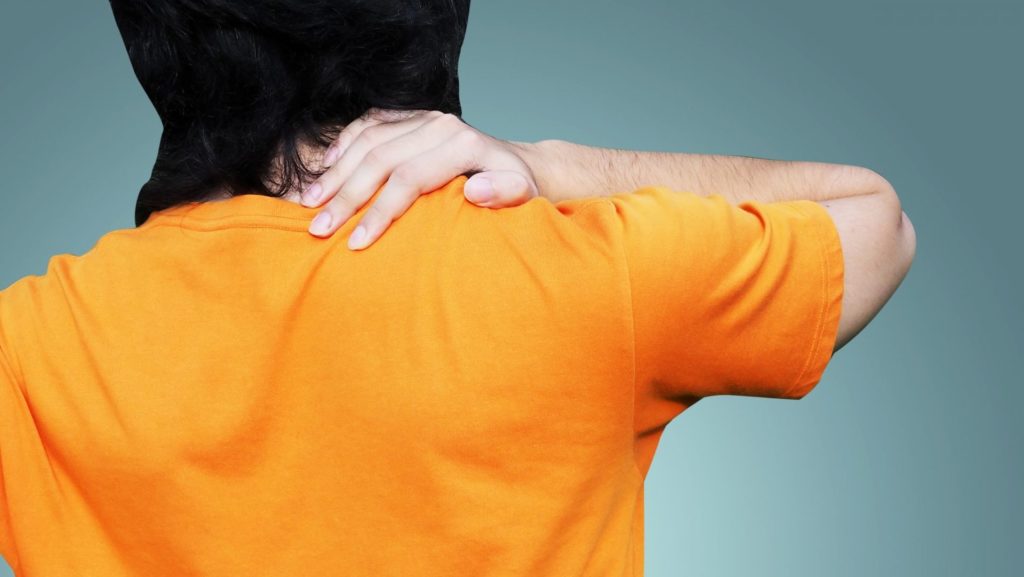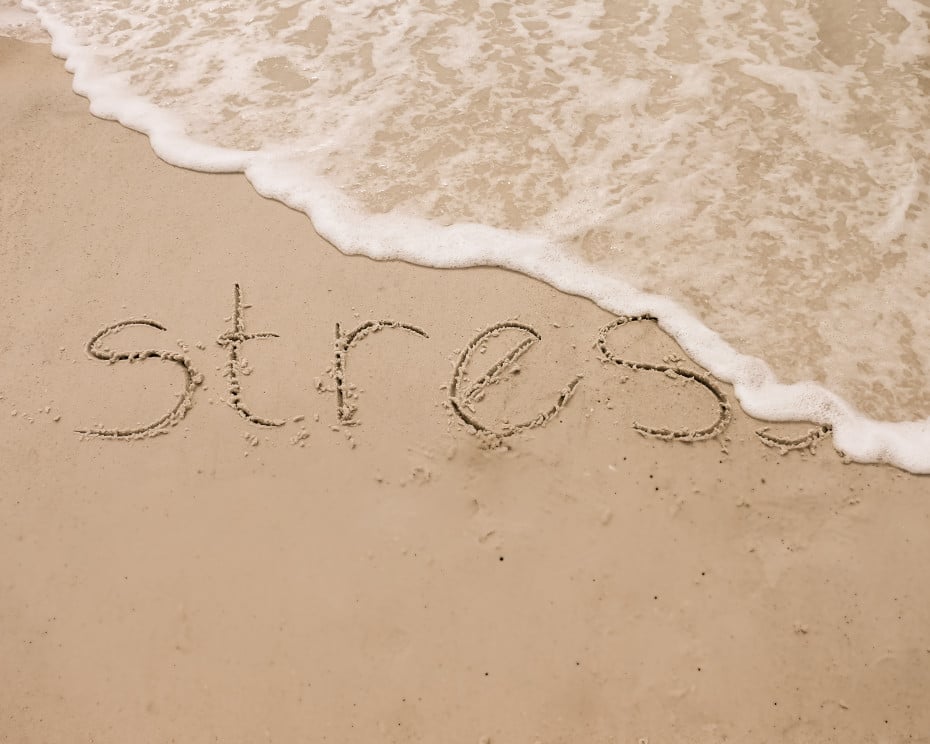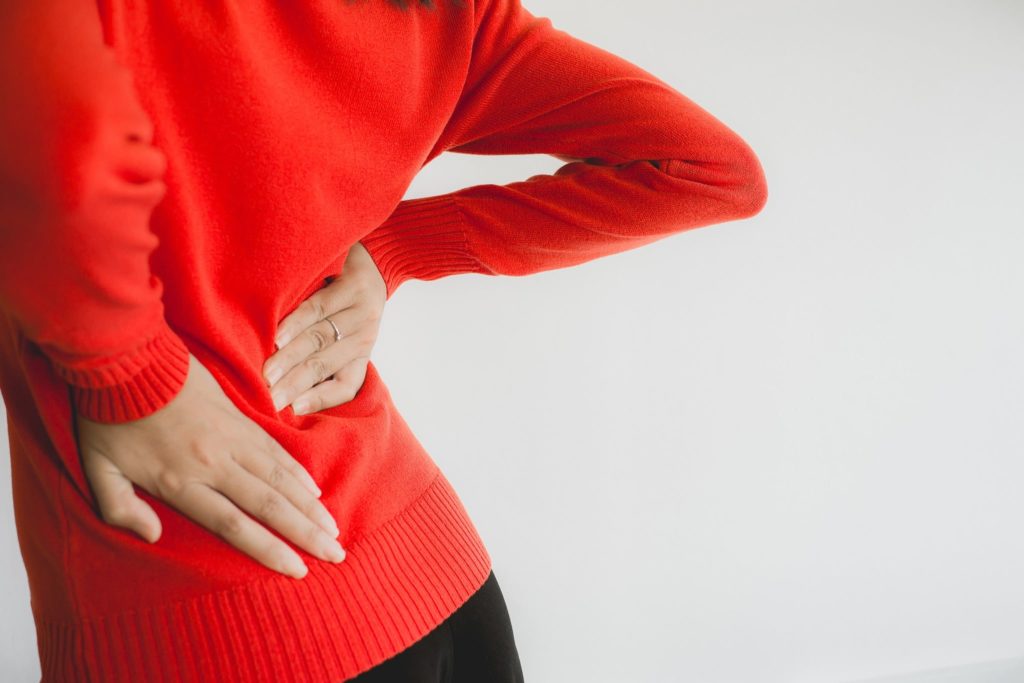by Deborah Malka MD, PhD
Read time: 4:06 mins
If you’re over the age of 45 and recovering from a recent shoulder injury, you may experience a painful condition called “frozen shoulder.” Whether your shoulder injury occurred after your shoulder muscles were overused, such as from repetitive overhead motion, or an impact injury, frozen shoulder (or adhesive capsulitis) can occur after someone’s arm has been immobilized, perhaps while in a sling, after a surgery or fracture.
It’s called frozen shoulder because, along with the dull or achy pain, you may experience stiffness, making it difficult or impossible to move your shoulder at all. You might also feel the pain in the shoulder muscles that wrap around the top of your arm. You might feel the same sensation in your upper arm. Your pain could get worse at night, which can make it difficult to sleep. Often affecting women more than men, if you experience frozen shoulder in one shoulder there’s a 20-30% chance you will get it in the other shoulder, as well.
Three Phases of Frozen Shoulder
There are usually three phases with a frozen shoulder. Each has its own unique symptoms and timeline.
- The freezing stage is associated with pain in your shoulder any time you move it, and some restriction of motion. That can last anywhere from 6 to 9 months. The pain is often worse at night, making it hard to sleep.
- Next is the frozen stage, when the stiffness and immobility gets worse. That can last 4-12 months. This is the most disconcerting period because it usually impacts activities involved in daily living, with one arm being of limited use.
- Finally, comes the thawing or recovery stage when the range of motion begins to improve. This can take anywhere from 6 months to 2 years.
Frozen shoulder is frustrating for those affected by it because of the extremely long limitation of function and course of recovery. Treatment for a frozen shoulder is focused on relieving pain and restoring the shoulder’s normal range of motion. Standard treatment may include NSAIDs (anti-inflammatory drugs), physical therapy and mild range-of-motion exercises, often starting with barely perceptible movements.
How Can CBD and/or Cannabis Help Frozen Shoulder?
Using CBD, cannabis, or a combination of the two can help your frozen shoulder a lot! CBD and cannabis may help frozen shoulder in three essential ways:
Now, it’s not always the case that pain is treated equally as well by CBD and cannabis, but in the case of frozen shoulder, however, the type of pain, inflammatory pain, is treated well by both due to their effect on the inflammatory “cascade” (the metabolic response to inflammation).
In fact, both CBD and THC have been proven to be as effective as anti-inflammatory drugs, a standard of treatment. It is essential to decrease inflammation as soon as possible in the process of evolution of a frozen shoulder. The shoulder joint will be less likely to progress to “adhesive” capsulitis (frozen) after an initial injury if inflammation is effectively decreased. Even if immobilized, a shoulder can’t have capsulitis without inflammation.
What Should You Take and How Should You Take It?
As far as what to take, both cannabis and CBD products provide internal (such as capsules or tinctures) and external (topical lotion or balm) delivery methods. Using both of these may accelerate recovery time. A typical regimen might be 10 mg of a mixed THC/CBD cannabis (or possibly 50 mg of pure CBD isolate) 3 times per day, as well as a topical applied to the shoulder 3 times per day.
Other components of cannabis that are useful for inflammation are the cannabinoids in acid form, such as CBDA (cannabidiolic acid) and THCA (tetrahydrocannabinolic acid). These forms exist in raw, unheated cannabis and are not psychoactive. Since they bind to different receptors than the neutral cannabinoids (CBD and THC), the potential for relief is increased by using a combination of all of the above.
If you’re using a topical, it is best to apply it prior to any physical therapy exercise sessions to decrease the potential inflammation and pain that the session may generate. Pulling the “frozen” tissues apart is not only painful but is made more effective by releasing immobilized tendons. The muscle relaxant properties of cannabis and CBD aids in the release of the frozen tissues, extension of tendons, and increase in mobility of the shoulder.
Finally, if your sleep is impaired due to your frozen shoulder pain, a cannabis sleep product may be helpful. Most often this involves a dose of an indica cannabis strain that contains THC. CBD, unfortunately, is not often sleep inducing. Of course, if inflammation and pain are relieved, insomnia will improve.
Remember, you may have to stay on this modest cannabis or CBD regimen for months, maybe years, for severe cases of frozen shoulder. The earlier in the process you begin, the shorter the recovery time will likely be. After recovery, a maintenance dose of 10 mg once per day may prevent recurrence of shoulder inflammation in the future.




